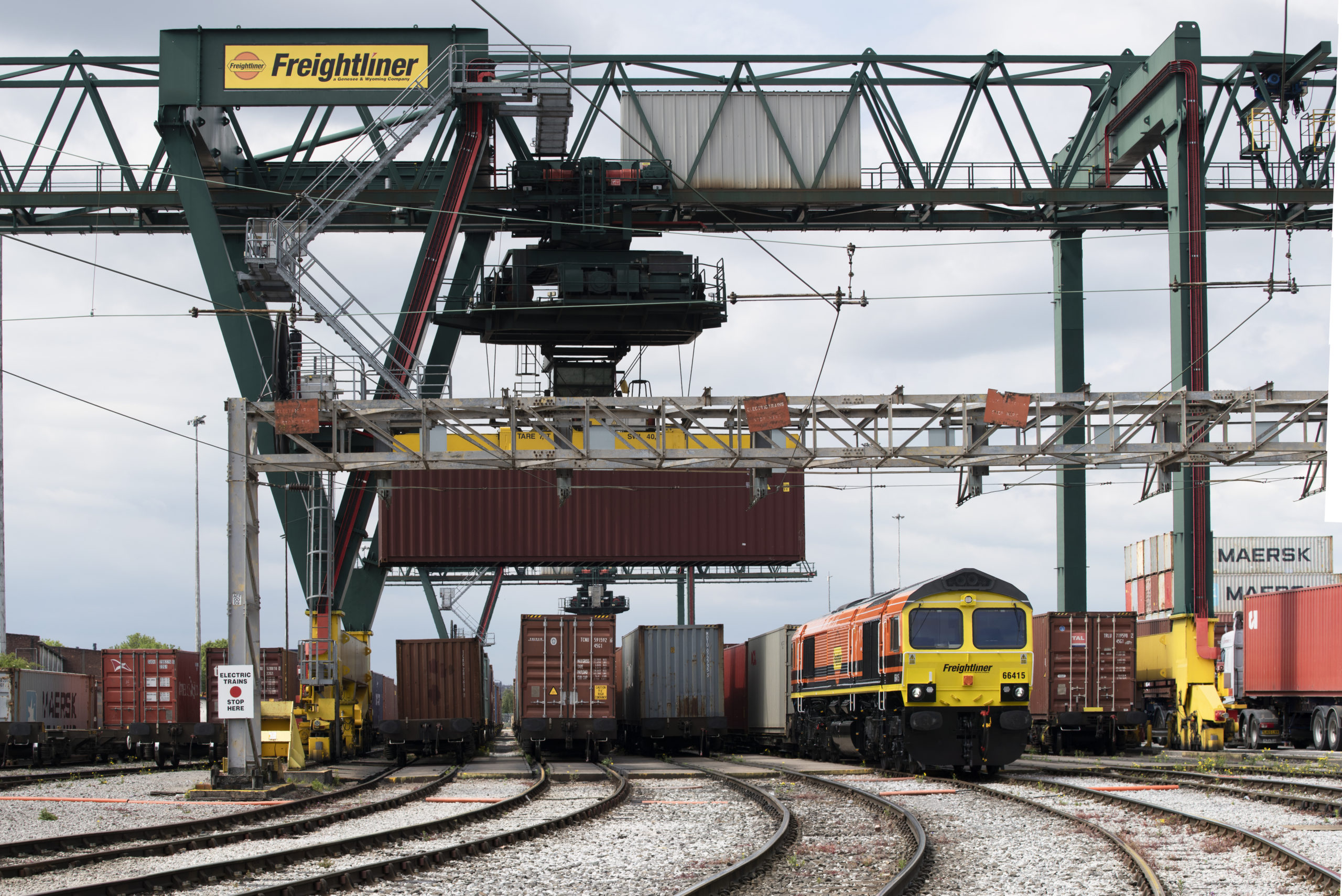
Tideworks has integrated its IPRO TOS with a third-party “low-code automation platform engineered for AI-enhanced decision making” for Freightliner.
Seattle-based Tideworks Technology Inc (Tideworks) has announced “ the successful deployment of an advanced integration with Freightliner Ltd. (Freightliner), the UK’s largest maritime intermodal logistics operator. The integration enhances planning by reducing manual processes and improving consistency, speed and accuracy across Freightliner’s UK terminals. These enhancements support scalable growth and better asset utilization.”
Freightliner uses Tidework’s intermodal terminal TOS, Intermodal Pro (IPRO). The new integration connects IPRO with Decisions, “a third-party, low-code automation platform engineered for AI-enhanced decision making, to enable intelligent, rule-based automation of rail booking and planning across Freightliner’s network of UK terminals,” Tideworks explained.
Based in Virginia Beach, Decisions has developed a low-code automation platform that streamlines and optimises complex business processes. It combines an enterprise-grade rules engine, dynamic workflow management, and AI capabilities into a unified solution.
Goal-oriented rules
The Decisions platform offers optional OpenAI integrations, including a tool for extracting data from systems to send to generative AI software, including ChatGPT, to analyse and sort, which is then fed into other software. This is not, however, how the integration works for Freightliner. As explained to WorldCargo News by Tideworks, the Freightliner implementation “focuses on a goal-oriented rules and automation model tailored to operational and business process workflows rather than generative AI. The implementation is built around deterministic, rules-based automation tailored specifically to Freightliner’s operational needs.”
Decisions is used to improve the planning process and extent process automation, rather than replace TOS decisions. “Tideworks’ Business Rules Engine (BRE) can automatically plan containers to the appropriate areas of the yard based on triggers, e.g., planning containers to inspection areas based on criteria such as inspection statuses and details, grade codes and commercial agreement timeliness to allow for flexibility to address the rapidly changing landscape of container logistics,” Tideworks said. “These plans are then communicated to Tideworks’ move execution system, Traffic Control, to create work orders for operators to complete.
